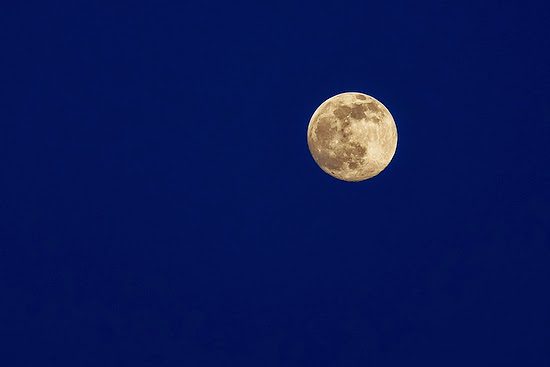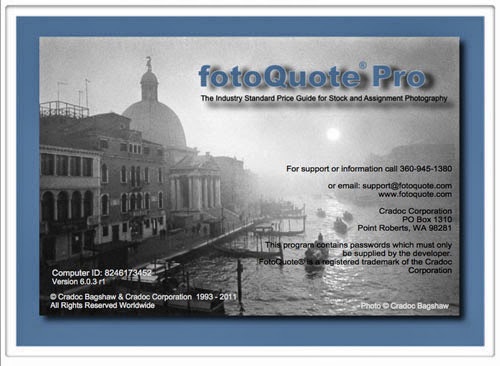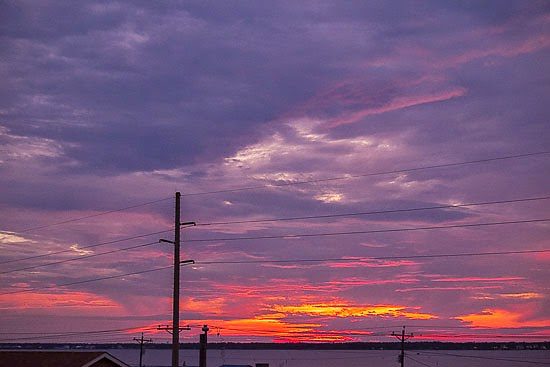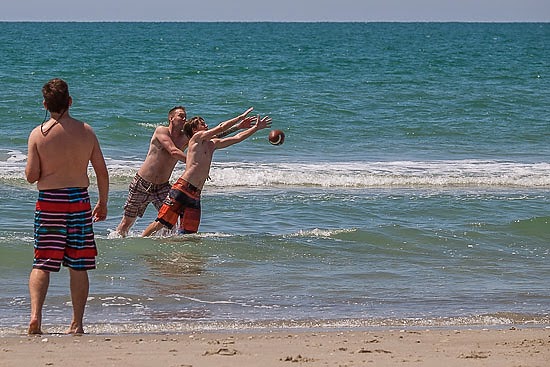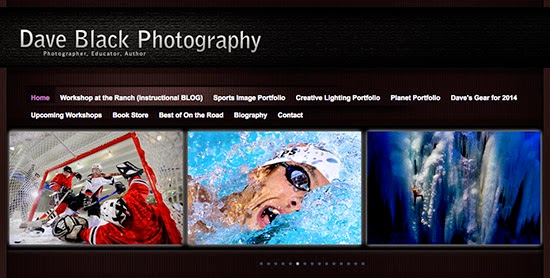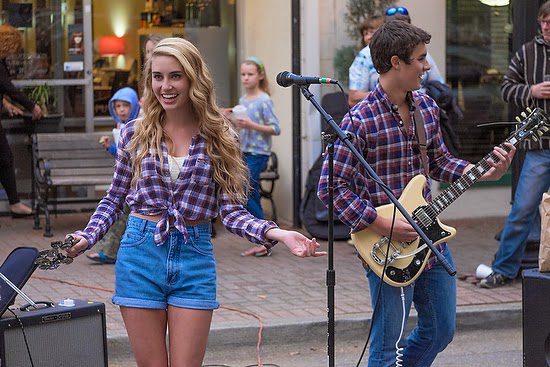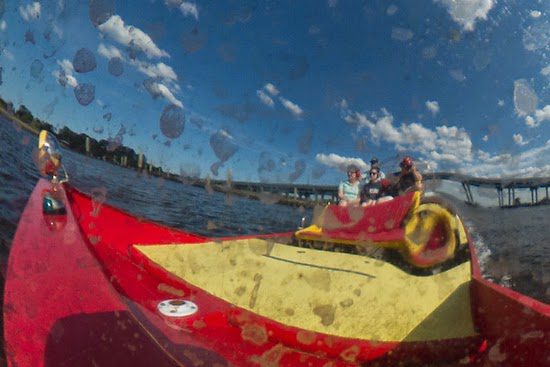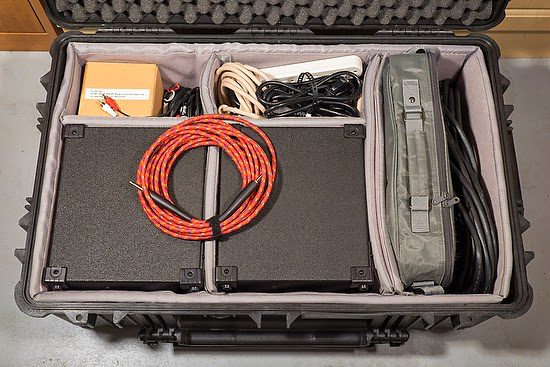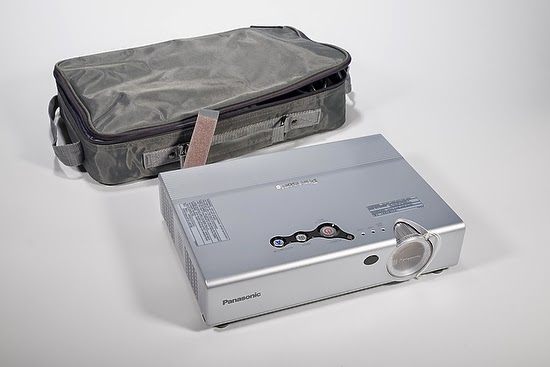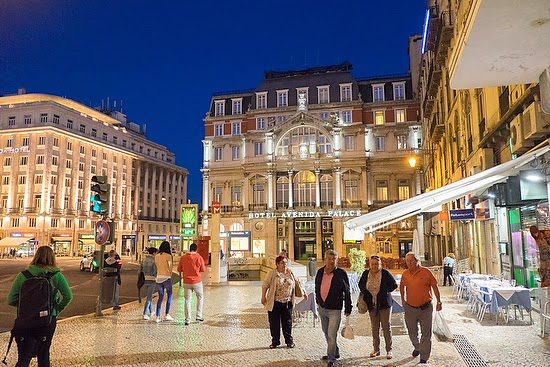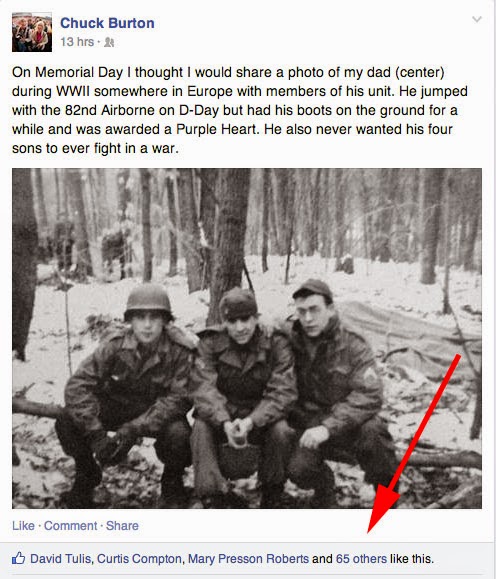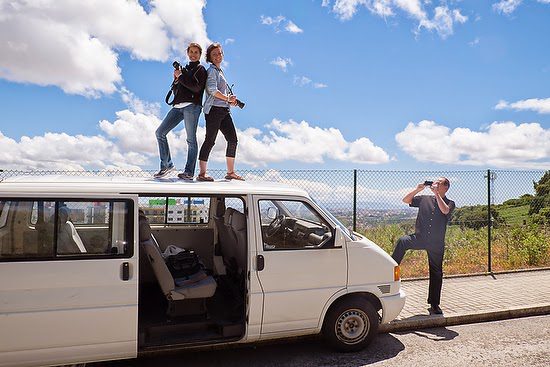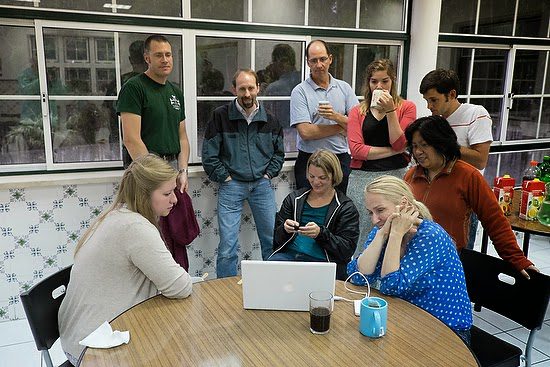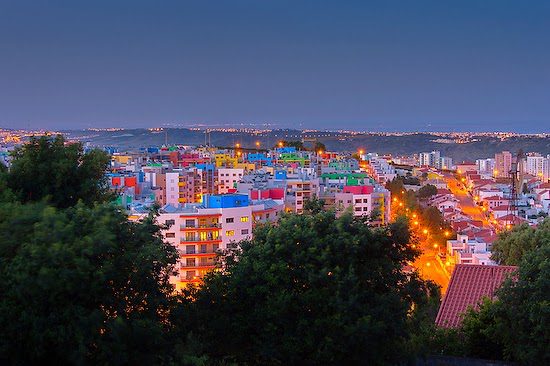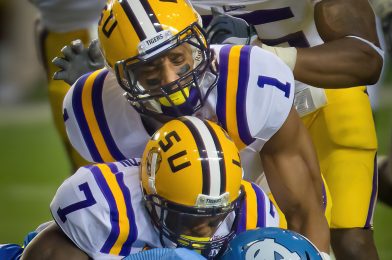| Fuji X-E2, 55-200mm, ISO 640, ƒ/4.8, 1/500 |
Friday 13th
Tonight there is a full moon, and it is Friday the 13th. For those that are superstitious, I guess this is a Freaky Friday.
The June full moon is frequently the one nearest to the summer solstice, which falls on June 21 this year. Unfortunately, because of a neat bit of galactic geometry, the full moon on Friday will be the lowest in the sky in 2014.
Something that I am starting to notice is how clients can be Freaky. Clients and people, in general, are very demanding.
While I have been on vacation and relaxing, I have had to give assignments to my friends to shoot for my clients. I never tell my clients I am unavailable without always finding someone to shoot the work for them if I am unavailable.
We can go back to Biblical times to see how the Israelites became restless when Moses went up the mountain.
Exodus 32:1
32 When the people saw that Moses was so long in coming down from the mountain, they gathered around Aaron and said, “Come, make us gods who will go before us. As for this fellow Moses who brought us up out of Egypt, we don’t know what has happened to him.”
Only Good As Your Last Job
You may have heard the old saying that you are “only good as your last job,” but I would say the lesson is to work hard at keeping new work in front of your clients. Could you not rely on them to remain faithful?
In the movie Ten Commandments, based on the Bible events, the people continue over and over to become restless even after significant miracles performed by Moses. For example, to get the Jewish people out of the slavery of Egypt, there were ten plagues. As they were on the run, Moses parted the Red Sea. Still, throughout their time in the desert, the people complained.
I cite that story to say, don’t be surprised when your clients move on without you, even if your work is the best in the industry.
Importance of personal project[s]
While one of my projects was a series of videos on a coffee cooperative in Mexico near the Guatemala border, I continued to shoot more videos all the time.
Blogging
While I continue to create new content by shooting daily and creating videos weekly, I also create new content on this blog three times a week.
eNewsletter
Each month I create an eNewsletter to connect with my clients. Here is a link to the most recent one that I sent out.
Phone Calls
I learned from my good friend Ken Touchton a while ago that calling your clients and prospects each week was a great way to remain in front of your clients. Ken told me that each Sunday evening, he took a few minutes and made a list of five clients and five prospects he would call that week. Two phone calls each day to a client and one to a candidate.
Doing this helped him to build a great client base that grew through the years.
emails
Today I also connect with clients by checking in with them through emails. I do this regularly.
Social Media
I also connect with and follow my clients and prospects through social media sites like Facebook, Google+, Linkedin, and Pinterest.
So what are you doing to remain in front of your clients? Remember, even God had a difficult time remaining in the minds of his people.

